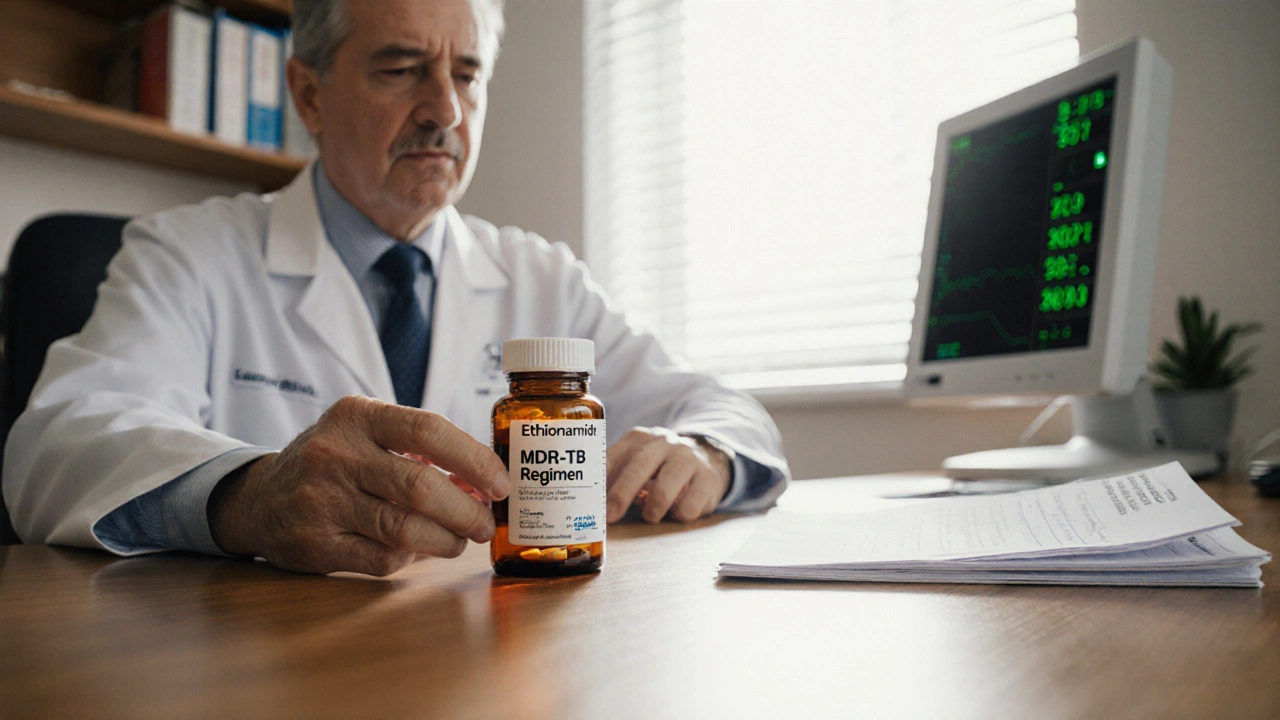Anti‑tuberculosis drugs – Overview & Resources
When dealing with anti‑tuberculosis drugs, medicines that kill or stop the growth of Mycobacterium tuberculosis. Also known as TB antibiotics, they form the backbone of modern TB care. The core of any regimen includes rifampicin, a potent bactericidal agent that penetrates infected cells and isoniazid, a drug that targets the bacterial enzyme InhA. Together these first‑line agents define the standard TB treatment regimen, a combination of multiple drugs taken for six months or longer. Anti‑tuberculosis drugs encompass first‑line agents like rifampicin and isoniazid, and they are the starting point for every patient. anti‑tuberculosis drugs are prescribed after confirming active disease through sputum tests or imaging, and the exact mix depends on factors such as age, weight, liver function and co‑existing conditions.
Why combination therapy matters
Effective TB treatment requires a multi‑drug regimen because the bacteria can quickly develop resistance if exposed to a single agent. This is why guidelines stress using at least three active drugs during the intensive phase, followed by two during continuation. When multidrug‑resistant TB, a form of TB resistant to at least isoniazid and rifampicin appears, clinicians must add second‑line drugs like fluoroquinolones or injectable agents. Multidrug‑resistant TB drives the need for more toxic, expensive medications and longer treatment periods. Monitoring liver enzymes, kidney function and visual acuity is routine because drugs such as pyrazinamide and ethambutol can cause side effects. Adjusting doses based on therapeutic drug monitoring helps keep the bacteria suppressed while minimizing harm to the patient. The relationship between drug choice and resistance patterns is dynamic; new resistance mutations can alter which agents remain effective, forcing therapy updates.
Patients and providers alike benefit from understanding how these drugs interact, how side effects are managed, and what follow‑up is required to confirm cure. National and WHO guidelines provide algorithms that match disease severity, drug‑susceptibility test results and patient‑specific factors to the right regimen. By staying aware of the link between drug selection, resistance development and treatment length, anyone navigating TB care can make informed decisions. Below you’ll find a curated set of articles that dive deeper into individual medications, compare alternatives, explain monitoring strategies, and answer common questions about anti‑tuberculosis therapy. Explore the collection to sharpen your knowledge and improve outcomes.

Ethionamide vs. Other TB Drugs: A Clear Comparison of Alternatives
Haig Sandavol Oct 12 6A concise guide comparing Ethionamide with key TB drug alternatives, covering mechanisms, dosing, side effects, and decision criteria for optimal treatment.
More Detail